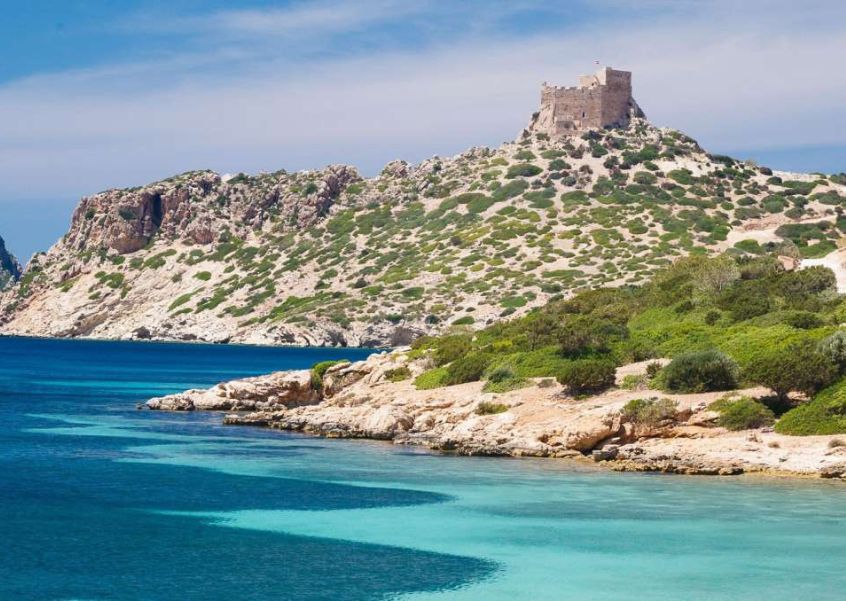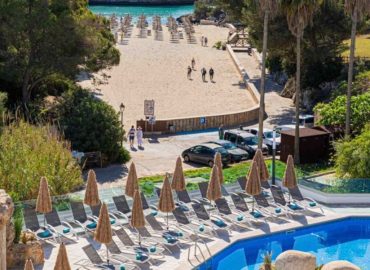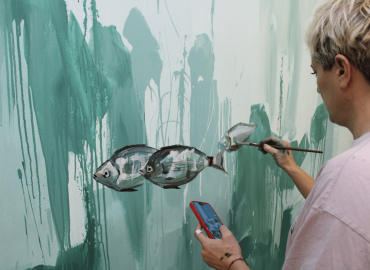Just a few kilometers off the southern coast of Mallorca lies one of the Mediterranean’s best-kept secrets: Cabrera. An island rich in history, unspoiled nature, and endless sea views, it was declared a National Maritime-Terrestrial Park in 1991. Despite its proximity, very few travelers truly know the depth of its beauty.
Visiting Cabrera feels like stepping back centuries in time. There are no hotels, no cars, and no roads. Just dirt paths, silence, wind, seabirds, and waters so clear they seem unreal. For those who love authenticity, wilderness, and sustainability, Cabrera is not just a day trip — it’s a transformative experience.
A bit of history…
Although we see it today as a natural sanctuary, Cabrera has had a turbulent past. For centuries, it was a refuge for pirates, a military base, and a prison of war. Its small 14th-century castle — still standing and open to visitors — was built to defend the island from Ottoman and Berber raids.
One of the darkest chapters occurred during the Napoleonic Wars, when over 9,000 French prisoners were abandoned on the island between 1809 and 1814. Many died from starvation or disease. Today, remnants of their makeshift settlements can still be seen.
Later, the island passed into private hands and was used again for military purposes, until the 1980s when a strong local environmental movement pushed for its protection. Finally, in 1991, Cabrera was declared a National Park, allowing it to be preserved as one of the purest ecosystems in the western Mediterranean.
Why is Cabrera an ecological gem?
Cabrera is a biodiversity treasure trove. It is home to:
- Over 450 species of plants, many of them endemic.
- More than 900 marine species, including giant groupers, corals, and turtles.
- Endangered birds such as Eleonora’s falcon, cormorants, and shearwaters.
- And the famous Balearic lizard of Cabrera, a unique subspecies found nowhere else on Earth.
Moreover, its seabeds are a dream for divers and snorkelers: fields of posidonia (a key marine plant that oxygenates the sea), rocky underwater cliffs, colorful fish shoals, and waters that seem from another planet.





